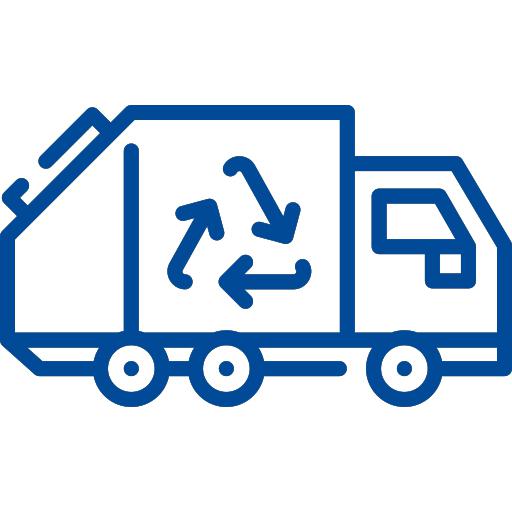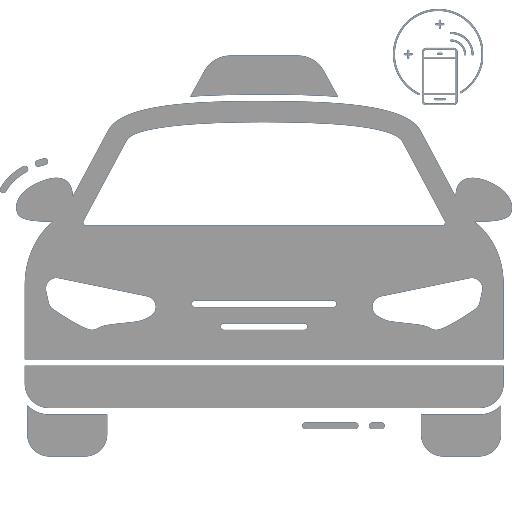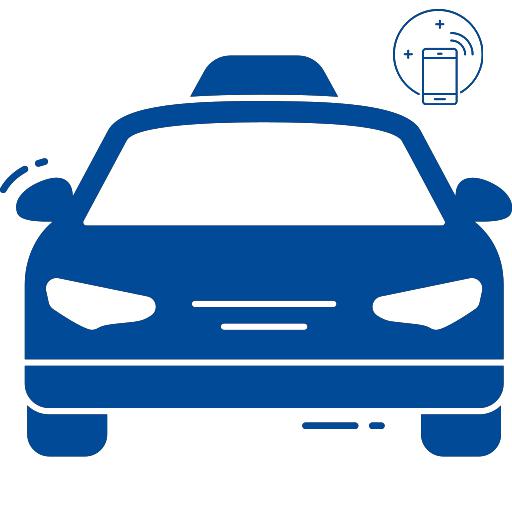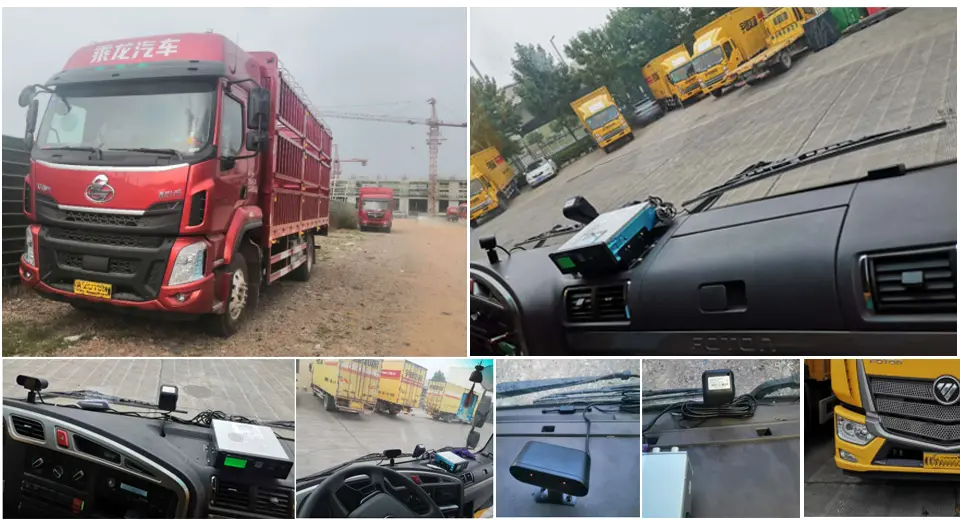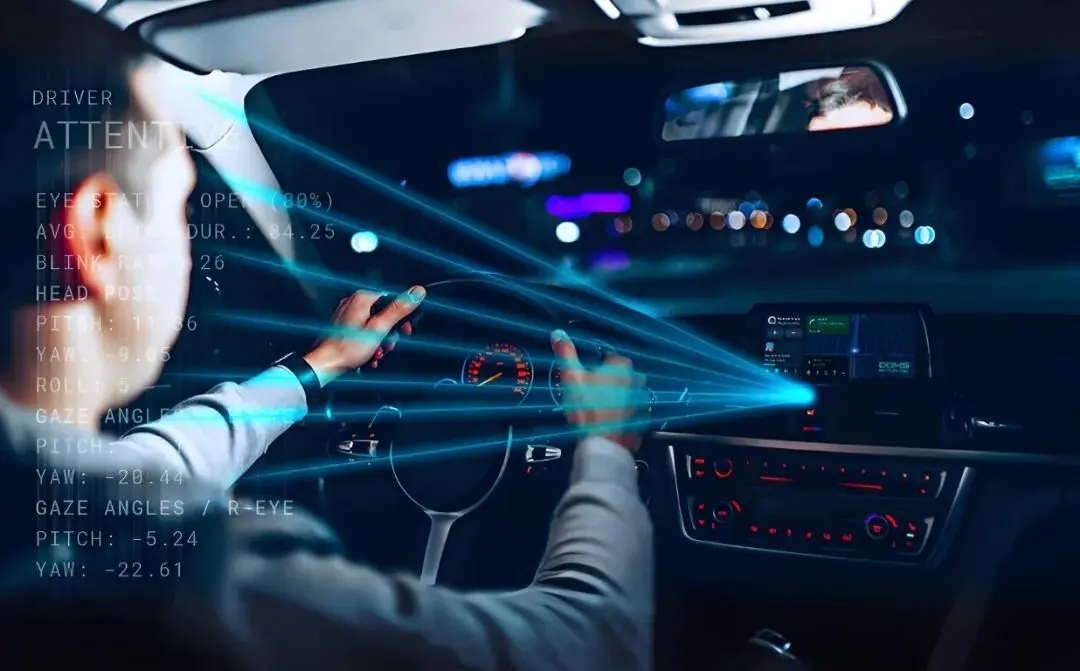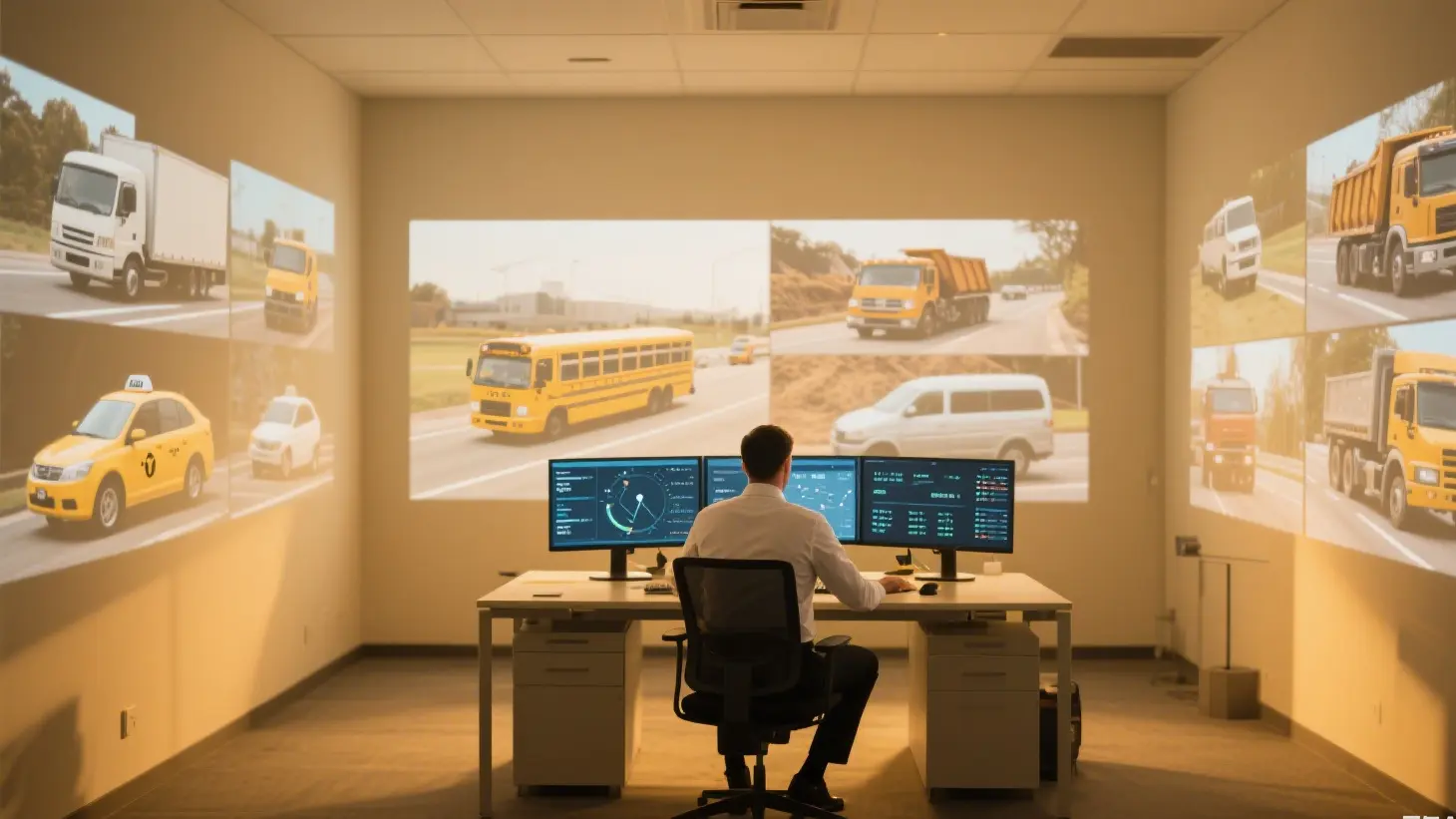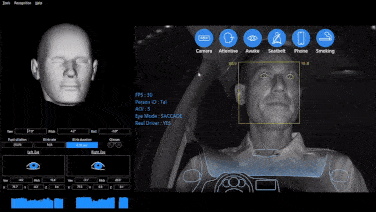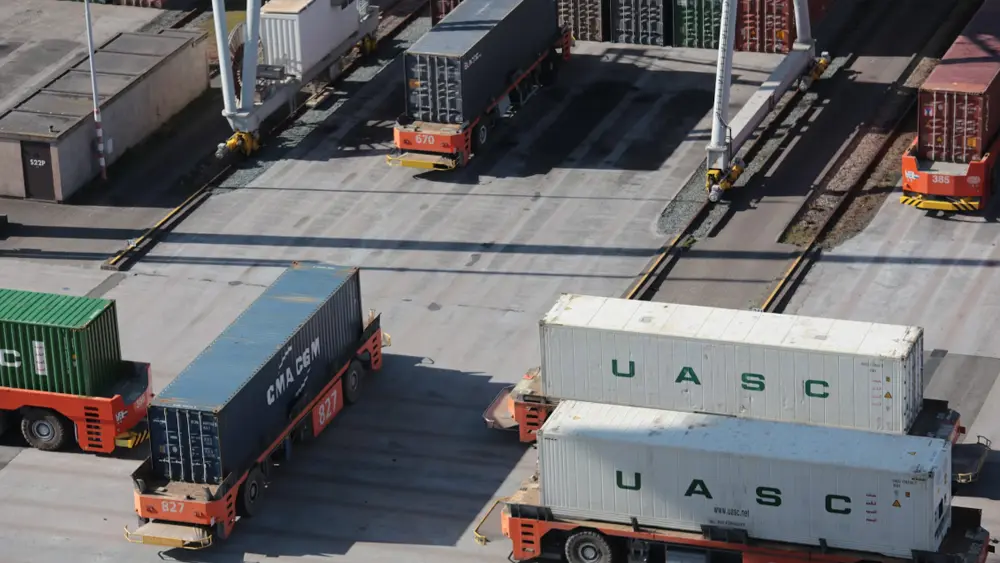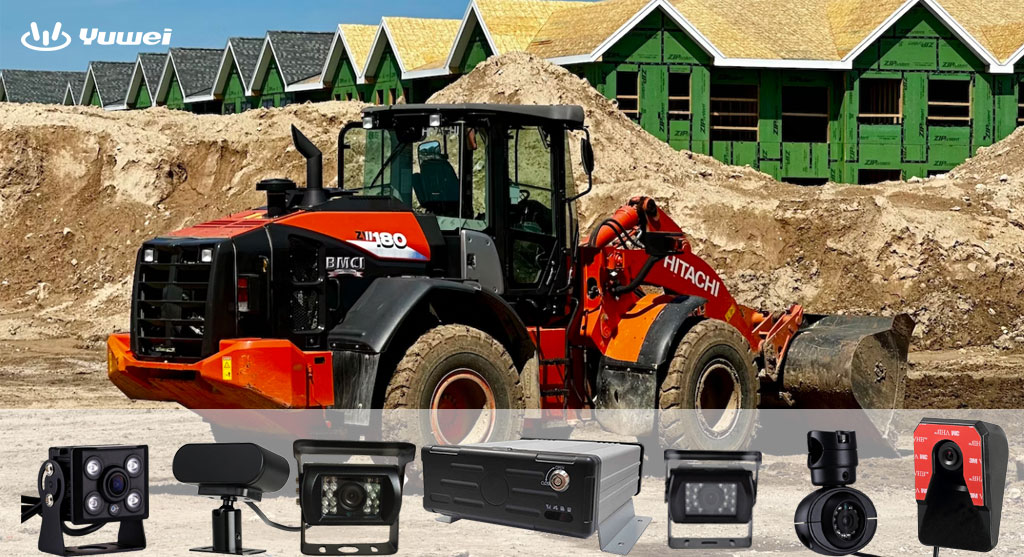Truck Blind Spot Camera System Solution
Truck Blind Spot Camera System
With the rapid development of society, the continuous expansion of cities, and the growing number of vehicles and population, the frequency of traffic accidents has also increased. Among them, accidents involving large trucks are particularly severe, to the point that they are labeled as "road killers." Studies show that most of these accidents are related to "visual blind spots." Due to the large size of trucks, models up to 17 meters long, there are multiple driving blind spots when driving on urban roads, which pose a huge challenge to driving safety. So, is there a way to effectively reduce the risks posed by these blind spots?

Truck Blind Spot Analysis
The main blind spots for large trucks are distributed in the following areas:
- The low area in front of the truck
- The sides of the vehicle, especially areas not covered by the rearview mirrors
- The rear of the vehicle, where, due to its length, the driver finds it difficult to observe
In many large truck accidents, lane changes and turns are the main causes of collisions. Therefore, the core goal of blind spot monitoring systems is to prevent side collisions.
Truck Blind Spot Monitoring Technologies
Currently, there are several main monitoring technologies for truck blind spots:
1. Video Blind Spot Monitoring
- By installing multiple wide-angle cameras, a 360° panoramic monitoring system is achieved.
- Common installation locations:
- Front camera (near the vehicle logo): covers a 180° range in front of the truck and monitors the A-pillar blind spot.
- Rear camera (near the license plate): monitors the 180° area at the rear of the truck.
- Side cameras (on the rearview mirrors): tilted downward to observe the side and the inner wheel difference during turns.
- With a display screen, the driver can view the blind spot images in real time, avoiding dangers from visual blind spots.
2. Ultrasonic Blind Spot Detection
- By installing ultrasonic sensors, obstacles around the vehicle can be detected.
- Suitable for low-speed driving, parking, or narrow road sections, it effectively prevents accidents caused by the A-pillar blind spot.
3. Millimeter-Wave Radar Blind Spot Monitoring
- Primarily used for blind spot monitoring during high-speed driving, with the following three main functions:
- Blind spot monitoring: detects a range of 3 meters on both sides of the vehicle and 20 meters behind, preventing side collisions.
- Lane change assist: when there is a vehicle in the blind spot, the rearview mirror warning light flashes, and the system emits a sound warning if the driver continues to change lanes.
- Rear collision warning: when a vehicle behind approaches too quickly, the system provides an early warning to alert the driver.
4. Infrared Autonomous Detection
- Suitable for low-visibility environments such as nighttime or severe weather, with the following features:
- Night vision enhancement: overcomes the effects of strong headlights and improves visibility at night.
- Severe weather warning: penetrates through fog, sand, and ensures clear visibility.
- Pedestrian detection: detects pedestrians within a 400-meter range and provides an early warning, enhancing safety.
- Collision warning: analyzes obstacles ahead and makes predictions in advance to prevent rear-end collisions.
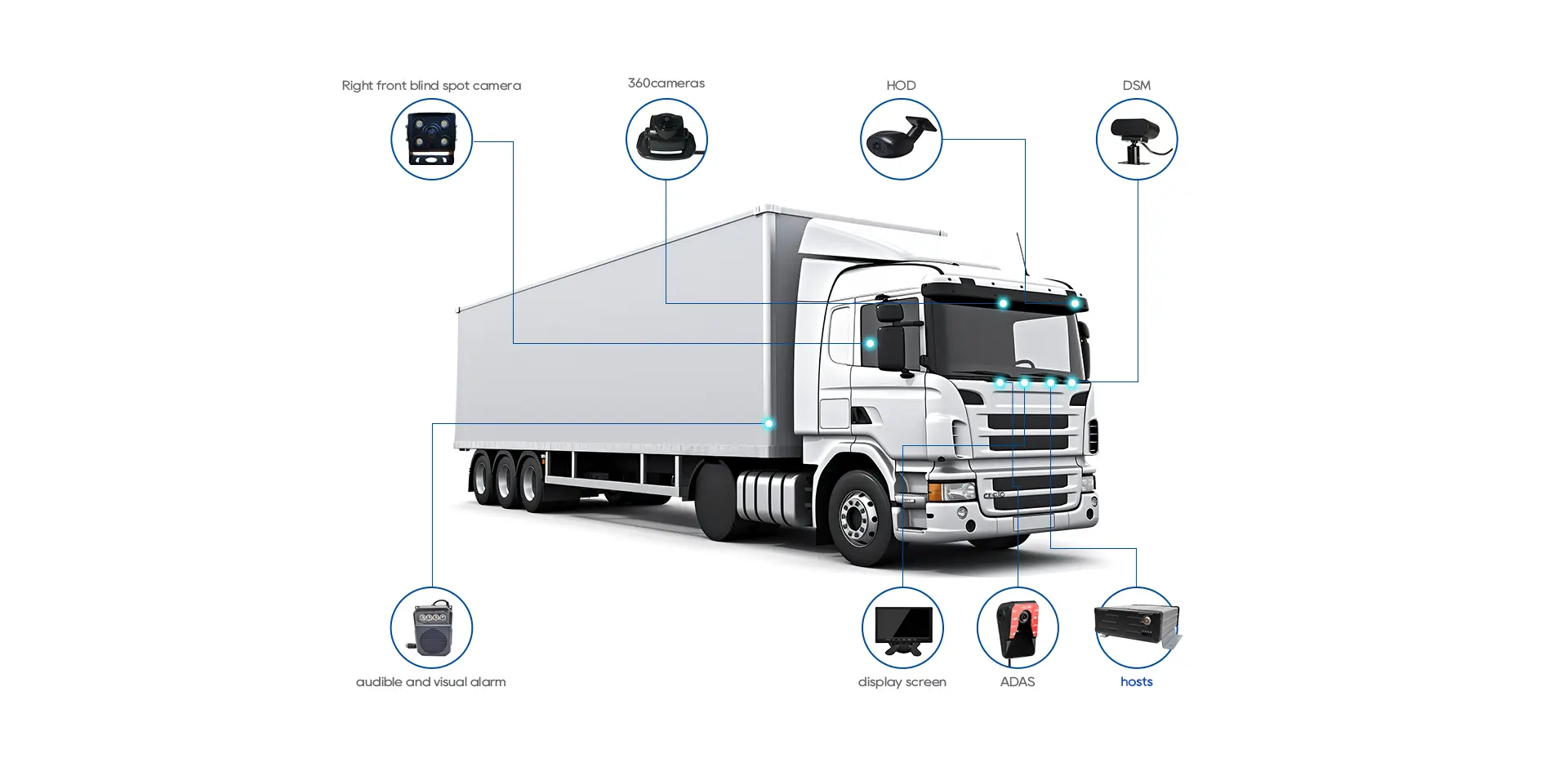
Necessity of Blind Spot Monitoring
1. The Inevitable Trend of Traffic Development
With the growth of motor vehicles and road traffic, traffic congestion is becoming more serious. Simply building new roads cannot completely solve the problem, so intelligent transportation systems have become an important means to improve road safety.
2. The Importance of Vehicle Safety Control
- Autonomous driving systems: Achieving automatic distance maintenance and obstacle avoidance on intelligent roads, enhancing safety.
- Vehicle-assisted safety systems: Combining ultrasonic sensors, millimeter-wave radar, cameras, and other sensors to implement intelligent warnings and braking, improving the driver's response ability.
The application of truck blind spot monitoring systems has achieved good results in small vehicles, but there is still a gap in the large truck field. Although the development of technology has improved the safety of large trucks, due to their size and numerous blind spots, accidents are still difficult to avoid completely. Therefore, the promotion and application of blind spot monitoring systems is imperative.
In addition to technological improvements, drivers and pedestrians should also enhance safety awareness:
- Truck drivers should always remain alert and make proper use of technological equipment to improve driving safety.
- Pedestrians and small vehicle drivers should familiarize themselves with truck blind spots, avoid entering danger zones, and value their lives.
Only with progress in technology and safety awareness working together can we truly reduce the occurrence of traffic accidents and safeguard road safety.


















